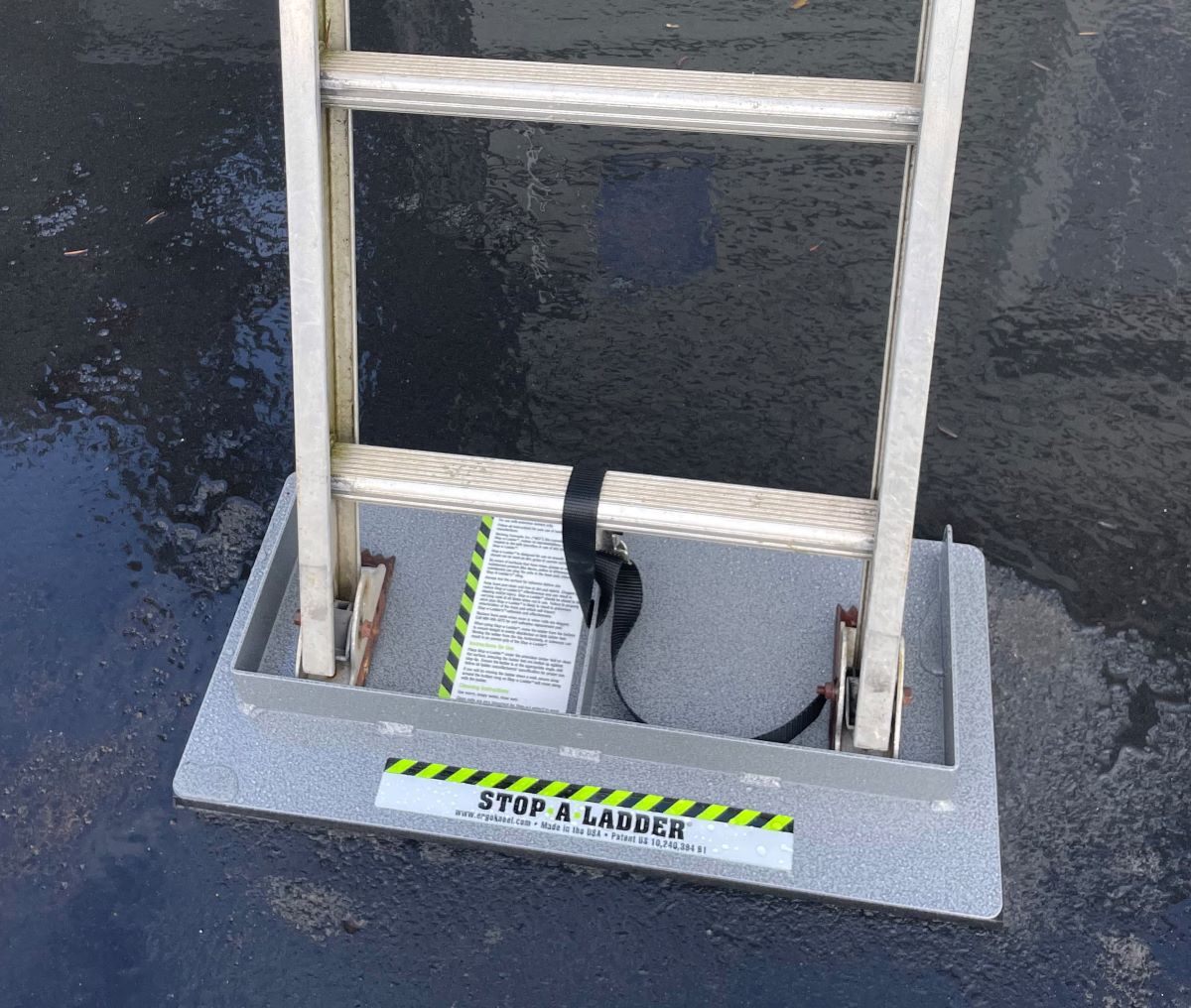

Articles
How To Keep A Ladder From Slipping
Modified: January 8, 2024
Discover effective ways to prevent your ladder from slipping with these helpful articles. Keep your safety a top priority and avoid accidents with these tips.
(Many of the links in this article redirect to a specific reviewed product. Your purchase of these products through affiliate links helps to generate commission for Storables.com, at no extra cost. Learn more)
Introduction
A ladder is an essential tool for various tasks, whether it’s for household chores, DIY projects, or professional work. However, one of the most common concerns when using a ladder is the risk of it slipping or shifting unexpectedly. This can lead to accidents and injuries, making ladder safety a top priority.
Fortunately, there are several effective methods you can employ to keep a ladder from slipping. By taking the necessary precautions and implementing these strategies, you can ensure a stable and secure foundation for your ladder, providing you with the confidence and peace of mind to accomplish your tasks safely.
In this article, we will explore different techniques and tips to prevent a ladder from slipping, ensuring a stable and secure working environment. Whether you’re working indoors or outdoors, these methods can be applied to enhance ladder safety and minimize the risk of accidents.
Key Takeaways:
- Prioritize safety by choosing the right surface, using rubber pads, sandbags, and non-slip tape to prevent ladder slipping. Secure the ladder with straps and inspect for damage to ensure a stable and safe working environment.
- Maintain ladder stability by leaning at the correct angle, keeping steps clean and dry, and inspecting for damage. Prioritize safety, follow guidelines, and use personal protective equipment for a safer ladder experience.
Read more: How To Keep Couch Cushions From Slipping
Choosing the Right Surface
When setting up a ladder, it’s crucial to choose the right surface on which to place it. The surface you select can significantly impact the stability of the ladder and help prevent it from slipping.
First and foremost, ensure that the surface is flat and level. Avoid placing the ladder on uneven or sloped ground, as this can cause it to become unstable. If you’re working outdoors, clear away any debris, rocks, or other obstacles that may interfere with the ladder’s stability.
In addition, consider the material of the surface. Smooth surfaces like concrete or hardwood floors can be slippery, especially when they are wet. If you’re working indoors, place a non-slip mat or grip pads underneath the ladder to provide added traction and stability.
When working outdoors, grass or soil can provide a more stable surface. However, it’s important to ensure that the ground is firm and compact. Soft or muddy ground can cause the ladder to sink or become unstable, increasing the risk of slips and falls. Consider using a plywood board or ladder stabilizers to distribute the weight more evenly and reduce the chance of sinking or slipping.
Lastly, be mindful of any potential hazards or obstructions around the area where you will be using the ladder. Avoid placing the ladder near doors that may open outward, or near windows that may be opened accidentally. Ensure that there is enough space for you to maneuver comfortably and safely while working on the ladder.
By carefully choosing the appropriate surface for your ladder, you can significantly reduce the chances of it slipping or shifting unexpectedly, providing a secure and stable foundation for your work.
Using Rubber Pads
One effective method to prevent a ladder from slipping is by using rubber pads. Rubber pads are designed to provide increased traction between the ladder and the surface it rests on, enhancing stability and reducing the risk of slipping.
To use rubber pads, start by selecting the appropriate size and thickness for your ladder. Rubber pads come in various sizes and can be easily attached to the ladder’s feet or base. Ensure that the pads are securely attached and cover the entire contact area between the ladder and the surface.
When placing the ladder on a smooth or slippery surface, such as concrete or tile, firmly press the rubber pads onto the ground to create a secure grip. The rubber material will help create friction between the ladder and the surface, minimizing the chances of slipping or shifting.
In addition to using rubber pads on the ladder’s base, you can also attach them to the ladder’s steps. This provides additional stability for your feet while climbing or standing on the ladder. Rubber pads on the steps help prevent your shoes from sliding, offering a secure foothold and reducing the risk of accidents.
Furthermore, rubber pads are versatile and can be used on different types of ladders, whether they are extension ladders, step ladders, or even scaffoldings. They are an affordable and easy-to-implement solution to enhance ladder safety.
Remember to regularly inspect the rubber pads for any signs of wear or damage. Replace them if they become worn out or lose their gripping effectiveness. Proper maintenance ensures that the rubber pads continue to provide optimal traction and prevent ladder slipping.
By utilizing rubber pads on your ladder, you can significantly improve its stability and diminish the chance of slipping, making your work safer and more secure.
Using Sandbags or Weighted Bags
Another effective method to prevent a ladder from slipping is by using sandbags or weighted bags. These provide an additional anchor and counterbalance to the ladder, ensuring stability and reducing the risk of accidents.
To use sandbags or weighted bags, start by selecting bags that are suitable for your ladder. These can be sandbags specifically designed for this purpose or any heavy bags that can provide an adequate amount of weight. Keep in mind that the weight of the bags will depend on the size and height of the ladder.
Place the sandbags or weighted bags at the base of the ladder, on both sides, ensuring an even distribution of weight. The weight of the bags creates a counterbalance that adds stability to the ladder, making it less likely to slip or shift during use.
If working on uneven ground or inclines, position the sandbags or weighted bags on the higher side to level the ladder and maintain stability. This helps to offset any potential imbalances and maintain a secure foundation for the ladder.
It’s important to securely fasten the sandbags or weighted bags to the ladder using straps or bungee cords. This ensures that they stay in place and do not move or fall during use. Regularly inspect the straps or cords for any signs of wear or damage and replace them if necessary to maintain the stability of the setup.
When you have finished using the ladder, remember to remove the sandbags or weighted bags and store them properly for future use. This prevents any accidental trips or slips when moving or relocating the ladder.
By utilizing sandbags or weighted bags, you can significantly enhance the stability and safety of your ladder. This method provides an added layer of support, ensuring that the ladder remains in place and reducing the risk of slips or falls.
Using Non-Slip Tape or Grip Patches
Non-slip tape or grip patches are excellent solutions to prevent a ladder from slipping, especially on smooth or slippery surfaces. These materials provide additional traction, enhancing stability and minimizing the risk of accidents.
To use non-slip tape or grip patches, start by measuring the areas of the ladder where you want to apply them. These areas typically include the ladder’s feet, steps, and any other contact points with the surface.
Clean the surface areas thoroughly, ensuring they are free from dust, dirt, and debris. This allows for better adhesion and longevity of the non-slip tape or grip patches. Use a mild detergent or cleaning solution if necessary, and let the surfaces dry completely before applying the tape or patches.
When applying non-slip tape, carefully cut it to the desired length and width using sharp scissors or a utility knife. Peel off the backing slowly and apply the tape firmly onto the ladder, ensuring there are no air bubbles or wrinkles. Smooth it down with your hand or a roller to maximize adhesion.
Grip patches are often self-adhesive and can be easily attached to the ladder. Follow the instructions provided by the manufacturer for the best application method. Press the grip patches firmly onto the ladder’s surface to ensure proper adhesion and effectiveness.
Consider applying non-slip tape or grip patches to both the ladder’s base and steps. This provides increased traction and stability, allowing for secure footing and preventing slips while ascending or descending the ladder.
Inspect the non-slip tape or grip patches regularly for any signs of wear or peeling. Replace them as needed to maintain optimal traction and prevent ladder slipping. Proper maintenance ensures a safer working environment.
Non-slip tape and grip patches are affordable and easily available at hardware stores or online. They are a practical solution to enhance ladder safety, particularly on smooth or slippery surfaces like tile or metal.
By utilizing non-slip tape or grip patches, you can significantly reduce the risk of ladder slipping, providing you with added stability and confidence to complete your work safely.
Place a non-slip mat or rubber feet under the ladder’s base to provide traction and prevent it from slipping on smooth surfaces.
Read more: How To Keep Bathroom Rugs From Slipping
Securing the Ladder with Straps or Bungee Cords
Securing the ladder with straps or bungee cords is an effective method to prevent it from slipping or shifting during use. By properly fastening the ladder to a stable support, you can add an extra layer of security and minimize the risk of accidents.
To secure the ladder with straps or bungee cords, start by selecting heavy-duty straps or cords that are strong and durable. These should be resistant to stretching and able to withstand the weight and movement of the ladder.
Start by positioning the ladder against the intended support, ensuring that it is at the correct angle and fully extended. Wrap the straps or cords around the ladder and the support structure, making sure they are tight and secure.
For extension ladders, loop the straps or cords through the rungs and around the support. This helps keep the ladder in position and prevents it from sliding or kicking out at the base. For step ladders, secure the straps or cords around the upper steps and the support structure.
After wrapping the straps or cords, fasten them tightly using the appropriate buckles, hooks, or locking mechanisms. Double-check that everything is securely in place and that there is no slack or movement in the ladder.
It’s important to note that the straps or bungee cords should not be overly tightened to the point of damaging the ladder or the support structure. They should provide firm support without putting excessive stress on the ladder’s joints or compromising its structural integrity.
Regularly inspect the straps or cords for any signs of wear or damage. Replace them if they become damaged or lose their effectiveness over time. Proper maintenance is essential to ensure a secure and stable setup.
Securing the ladder with straps or bungee cords is particularly useful when working in windy or unstable conditions. The added support prevents the ladder from being easily moved or knocked over, providing a safer working environment.
Remember to remove the straps or cords after you have finished using the ladder and store them properly for future use. This prevents any potential tripping hazards and ensures that they are in good condition when needed again.
By securing the ladder with straps or bungee cords, you can significantly enhance its stability and prevent unwanted movement. This method adds an extra layer of safety, reducing the risk of slips, falls, and accidents during ladder use.
Leaning the Ladder at the Correct Angle
Leaning the ladder at the correct angle is crucial to ensure stability and prevent it from slipping or tipping over. The angle at which the ladder is positioned plays a significant role in maintaining balance and providing a secure base for your work.
The recommended angle for leaning a ladder is known as the 4-to-1 rule. This means that for every 4 feet of ladder height, the base of the ladder should be positioned 1 foot away from the wall or support structure. So, for example, if you are using a 12-foot ladder, the base should be placed approximately 3 feet away from the wall or support.
By following this rule, you create a triangular shape with the ladder, providing stability and distributing the weight evenly. This angle creates the optimal balance between stability and ease of use when climbing or working on the ladder.
When positioning the ladder, ensure that both feet of the ladder are firmly planted on the ground or surface. Check for any unevenness or sloping and adjust the ladder’s placement accordingly to ensure a level and stable setup.
Keep in mind that the 4-to-1 rule is a general guideline. The specific angle for your ladder may vary depending on the manufacturer’s recommendations and the type of ladder you are using. Always refer to the ladder’s user manual or guidelines for the recommended angle specific to your ladder.
Additionally, avoid overextending the ladder by reaching too far to the side. This can disrupt the ladder’s balance and increase the risk of it tipping over. It’s always best to reposition the ladder closer to your work area to maintain stability and avoid unnecessary strain or accidents.
Regularly inspect the ladder during use to ensure that it remains securely positioned and that there are no signs of slipping or shifting. If you notice any instability or movement, immediately readjust the ladder, ensuring it is leaning at the correct angle and securely grounded.
By leaning the ladder at the correct angle, you provide a solid foundation for your work and greatly reduce the risk of accidents due to ladder slipping or tipping over. Following proper ladder setup guidelines is essential for a safe working environment.
Keeping the Ladder Steps Clean and Dry
Keeping the ladder steps clean and dry is essential for maintaining a secure and slip-free working environment. Wet or dirty ladder steps can significantly increase the risk of slips, falls, and accidents. It’s important to incorporate regular maintenance and cleaning practices to ensure optimal ladder safety.
Start by inspecting the ladder steps before each use. Look for any debris, dirt, or substances that may have accumulated on the steps. Remove any objects or materials that may cause the steps to become slippery or unstable.
If the ladder steps are dirty or covered in dust, use a soft brush, broom, or vacuum cleaner to remove the debris. Ensure that the surface of each step is free from dust, dirt, or any other substances that may affect traction.
If there are any stubborn stains or substances on the ladder steps, use a mild soap or detergent with warm water to clean them. Gently scrub each step with a sponge or soft brush, paying close attention to any areas that may be particularly dirty or slippery. Rinse off the soap thoroughly and allow the steps to dry completely before using the ladder.
When working outdoors or in damp conditions, it’s crucial to keep the ladder steps dry. Moisture, whether from rain, snow, or other sources, can make the steps slippery and unsafe to climb. Wipe down the ladder steps with a clean cloth or towel to remove any moisture, ensuring a dry and secure footing.
Consider using non-slip grip pads or adhesive strips on the ladder steps. These provide added traction and help maintain a secure grip when climbing or standing on the ladder. Ensure that the grip pads or strips are securely attached and replace them if they become worn or lose their effectiveness.
Regularly inspect the ladder steps for any signs of damage, such as cracks, splinters, or loose treads. Damaged steps can compromise ladder safety, so it’s important to address any issues promptly. Repair or replace any damaged steps before using the ladder again.
By keeping the ladder steps clean and dry, you maintain optimal traction and reduce the risk of slips and falls. Incorporating regular cleaning and maintenance practices ensures that the ladder remains safe and in proper working condition.
Inspecting the Ladder for Any Damage
Regularly inspecting your ladder for any damage is crucial for ensuring safety and preventing accidents. Over time, wear and tear, as well as exposure to various elements, can affect the structural integrity of the ladder. By conducting routine inspections, you can identify any potential issues and address them promptly.
Start by visually examining the ladder for any visible damage or defects. Look for cracks, splits, or any signs of weakness in the ladder’s components, such as rails, rungs, and joints. Pay close attention to any areas that may have suffered impact or stress, as these are more likely to show signs of damage.
Check that all fasteners, such as bolts, screws, or rivets, are securely in place. Loose or missing fasteners can compromise the ladder’s stability and safety. Tighten any loose fasteners and replace any that are damaged or missing.
Inspect the ladder’s feet for signs of wear or damage. The ladder’s feet are essential for providing stable contact with the ground or surface. Look for any worn-out or uneven foot pads, as these can affect the ladder’s stability. Replace any damaged or worn-out foot pads to ensure secure footing.
Test the ladder by applying pressure to different sections and ensuring that it does not wobble or feel unstable. Gently shake the ladder from side to side to check for any excessive movement or play in the joints. If you notice any significant wobbling or instability, discontinue using the ladder and have it inspected or repaired by a professional.
If your ladder is made of a material that is susceptible to corrosion, such as aluminum or steel, inspect it for signs of rust or corrosion. Rust can weaken the ladder’s structure and compromise its safety. Use a wire brush or sandpaper to remove any rust or corrosion, and consider applying a rust-resistant coating to protect the ladder’s surface.
It’s essential to follow the manufacturer’s recommendations regarding ladder weight capacity. Overloading the ladder beyond its recommended weight limit can strain its components and lead to failure. Be mindful of the weight of both the user and any equipment or materials being carried on the ladder.
Regular maintenance and care are vital for prolonging the lifespan of your ladder. Store the ladder in a clean, dry area away from direct sunlight or extreme temperatures. Avoid exposing the ladder to chemicals or harsh substances that may weaken its structure.
If you identify any significant damage or concerns during your ladder inspection, do not attempt to use it until it has been repaired or replaced. Your safety should always be a top priority, and using a damaged ladder can pose serious risks.
By regularly inspecting your ladder for any damage, you can ensure its integrity and increase your safety while working at height. A well-maintained ladder provides a secure and stable platform for your tasks, giving you confidence and peace of mind.
Conclusion
Keeping a ladder from slipping is of utmost importance for ensuring safety and preventing accidents during various tasks. By implementing the strategies and techniques discussed in this article, you can significantly enhance ladder stability and minimize the risk of slips, falls, and injuries.
Choosing the right surface and ensuring it is level and stable is the first step in preventing ladder slipping. Using rubber pads, sandbags, or weighted bags adds traction and counterbalance, further enhancing stability. Applying non-slip tape or grip patches to the ladder steps provides additional grip and prevents slips. Securing the ladder with straps or bungee cords offers extra support and prevents unwanted movement.
Leaning the ladder at the correct angle, keeping the steps clean and dry, and inspecting the ladder for any damage are crucial practices to maintain ladder safety. By following these guidelines, you can create a secure and stable working environment, reducing the risk of accidents and injuries.
Remember to always prioritize your safety when using a ladder. Follow the manufacturer’s instructions and guidelines, and use personal protective equipment as necessary. If you are unsure about the safety of a ladder or encounter any issues during inspection, consult a professional for advice or consider replacing the ladder.
By taking these precautions and implementing these tips, you can ensure a safer and more productive experience while working with ladders. By prioritizing ladder stability and employing proper safety measures, you can confidently tackle your tasks and projects while minimizing the risk of accidents.
Frequently Asked Questions about How To Keep A Ladder From Slipping
Was this page helpful?
At Storables.com, we guarantee accurate and reliable information. Our content, validated by Expert Board Contributors, is crafted following stringent Editorial Policies. We're committed to providing you with well-researched, expert-backed insights for all your informational needs.
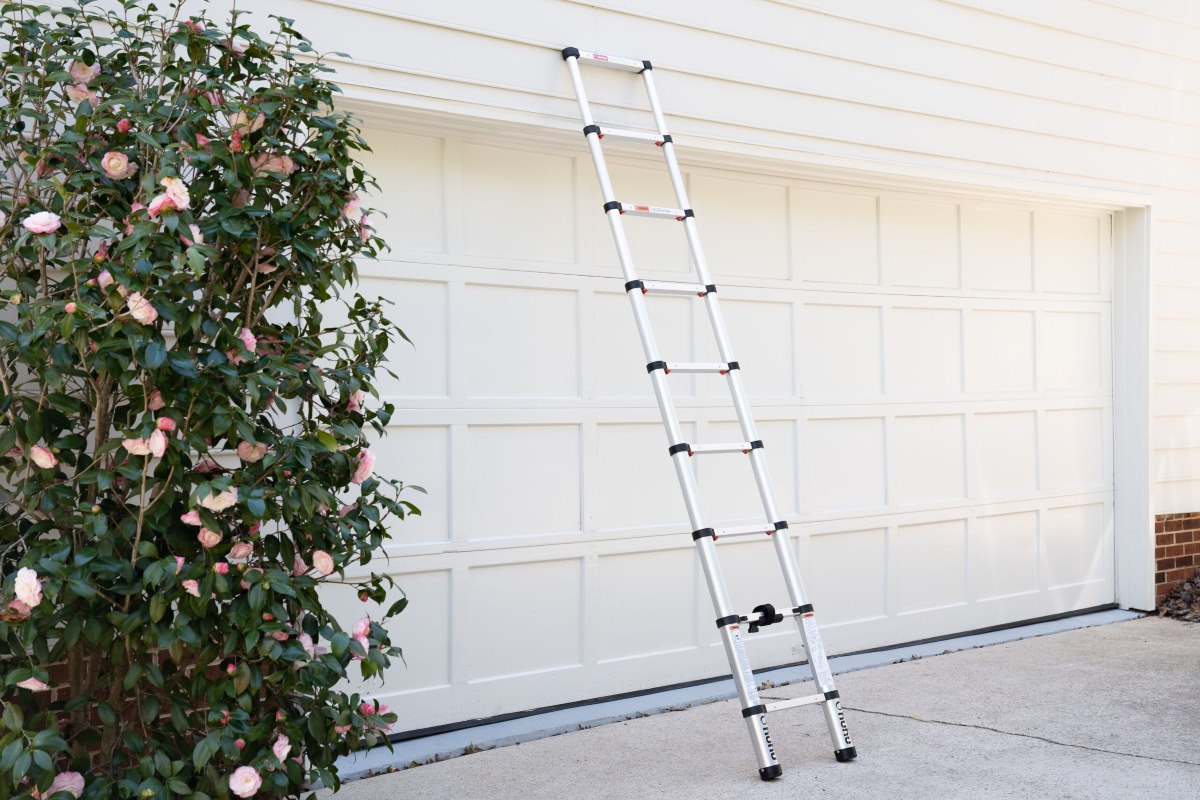
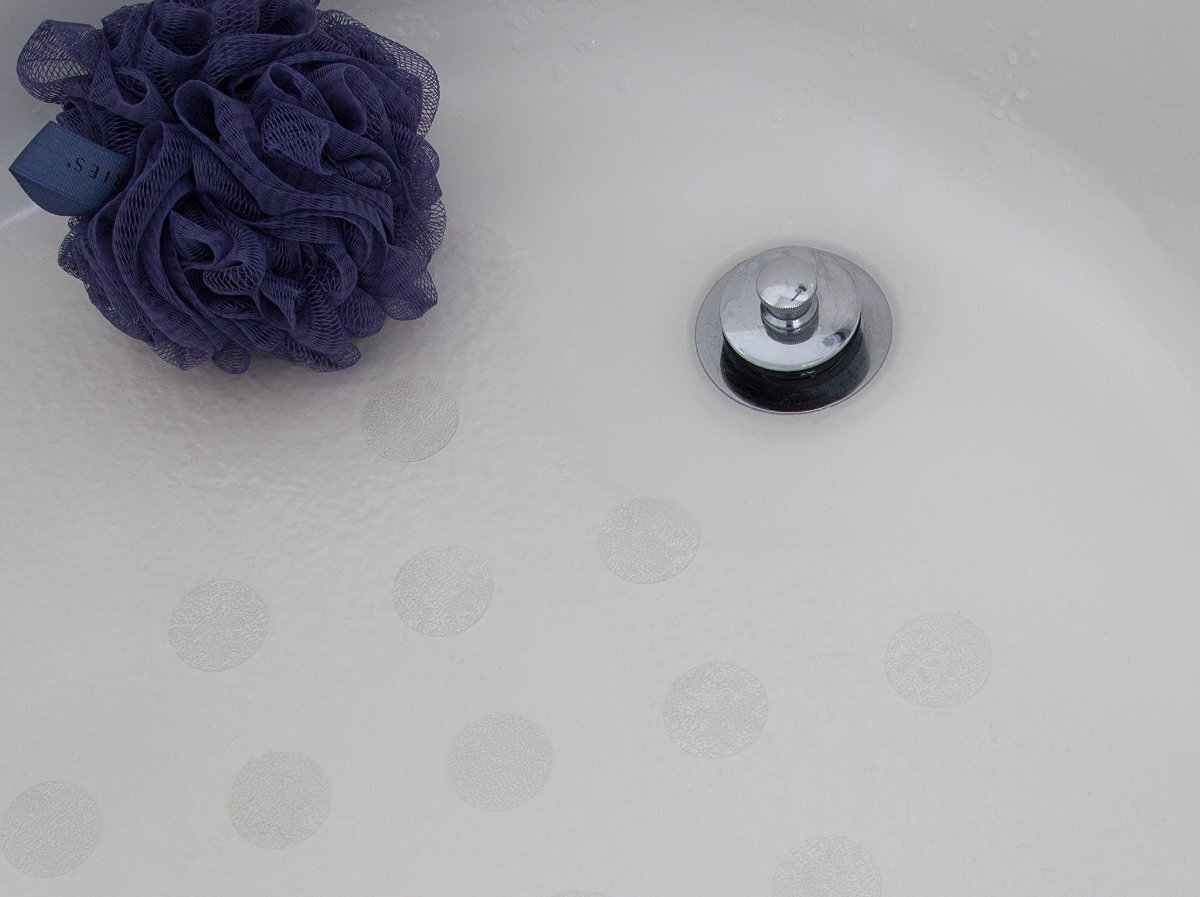
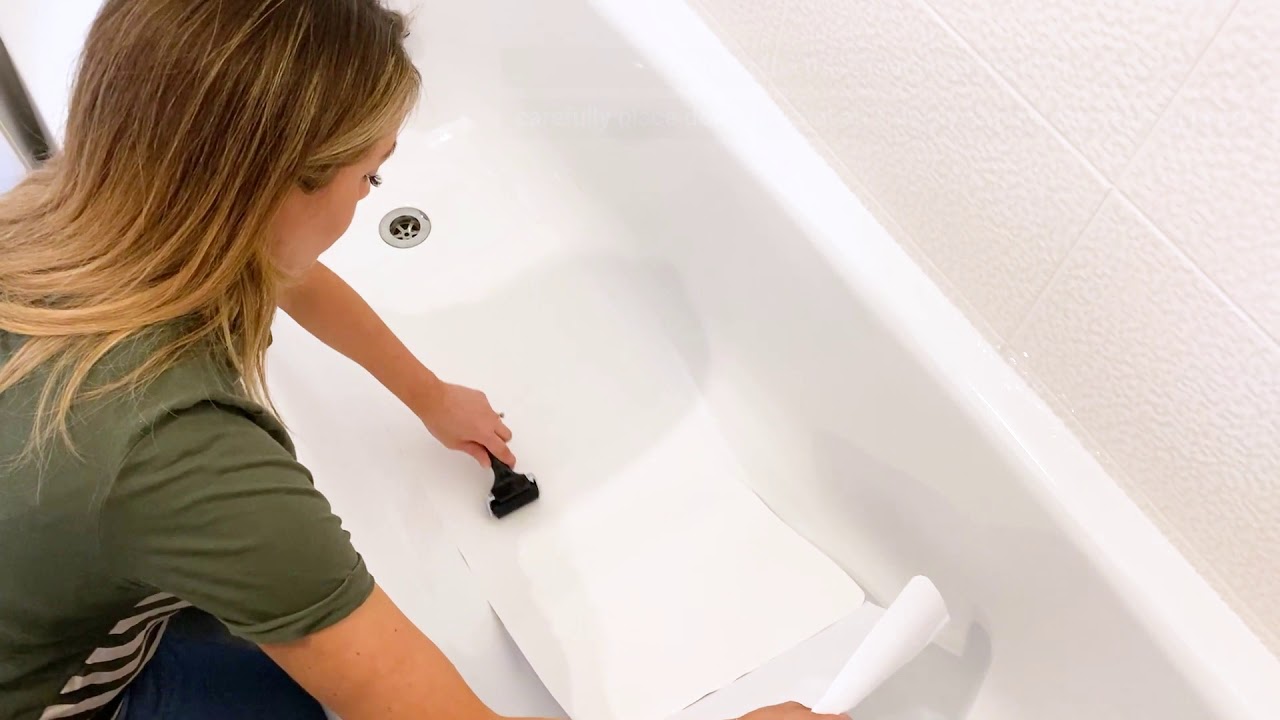
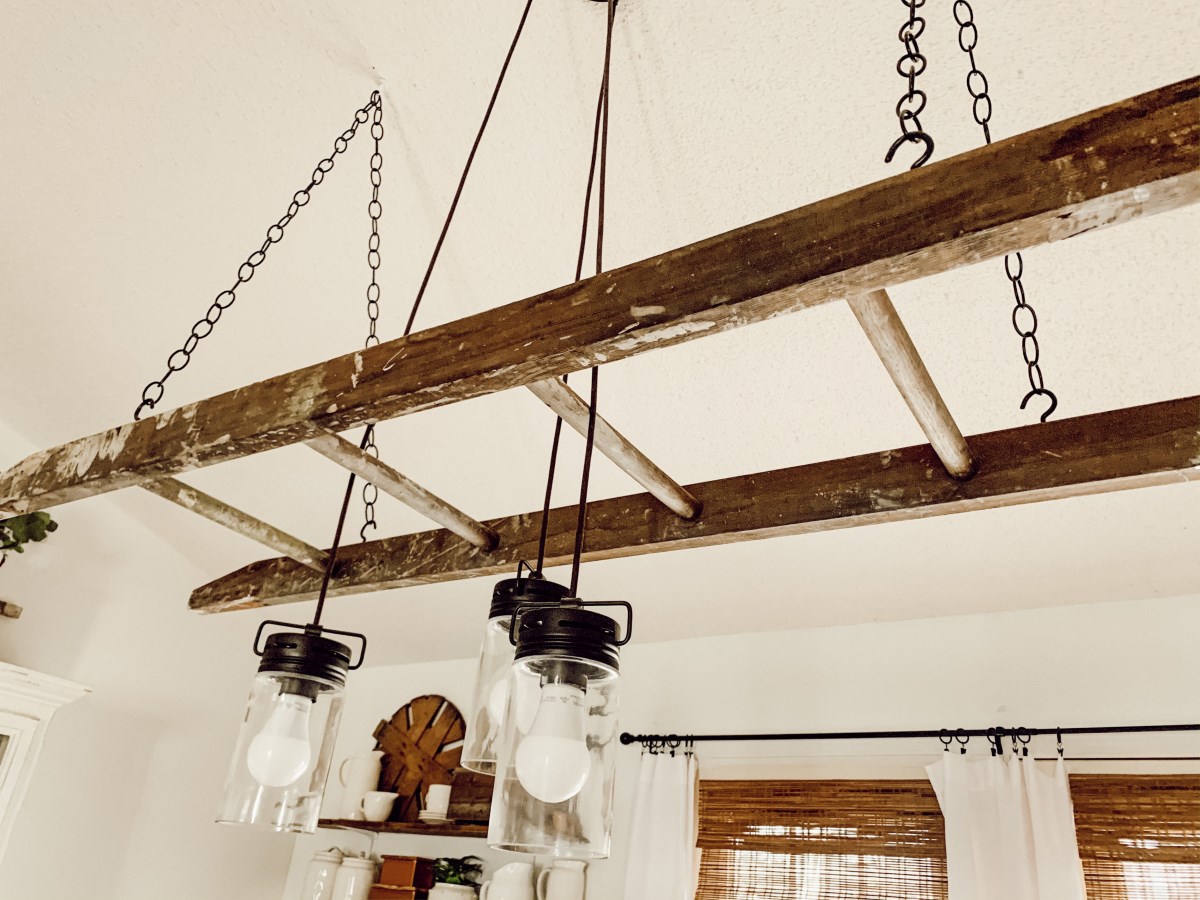
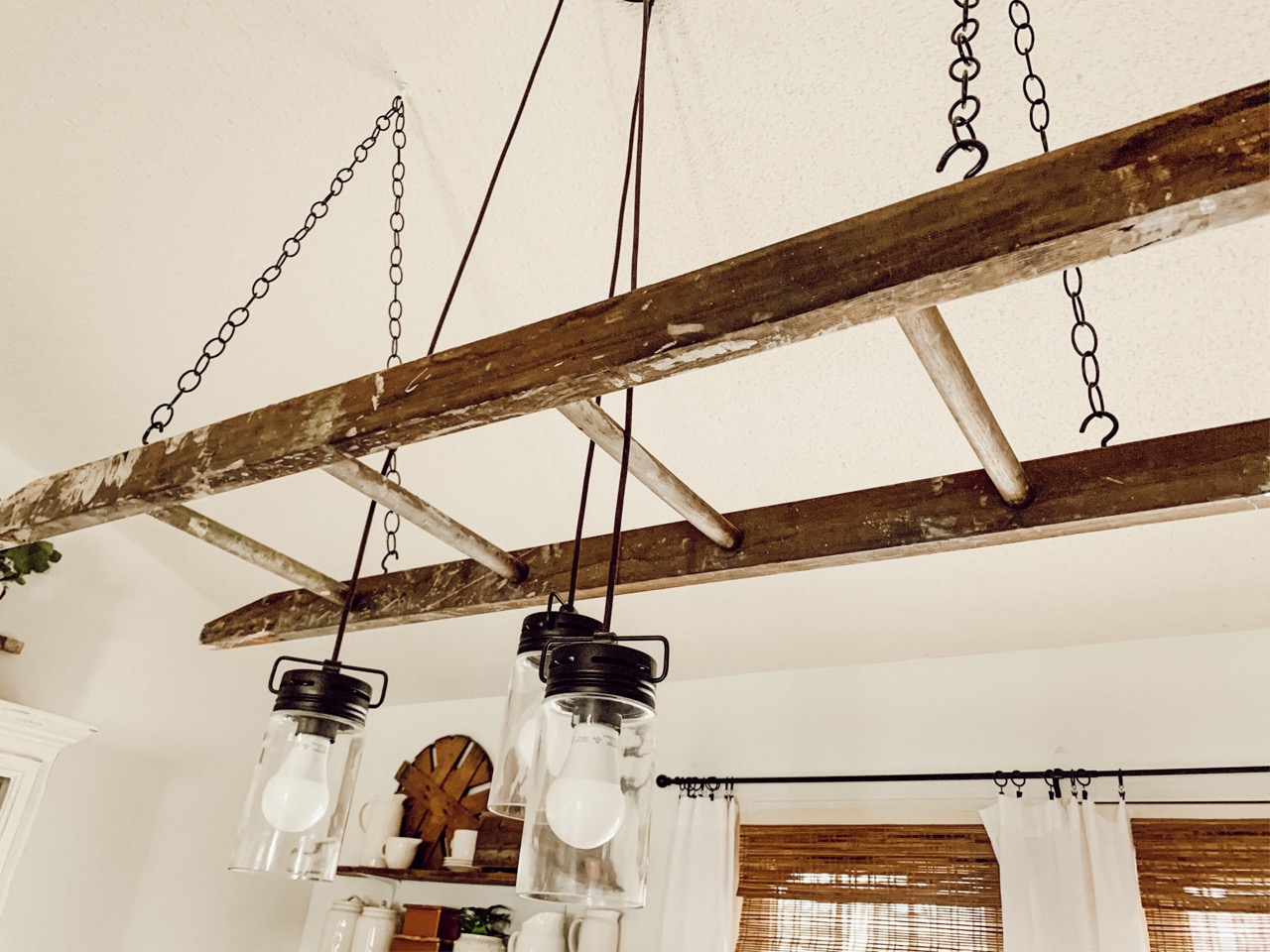
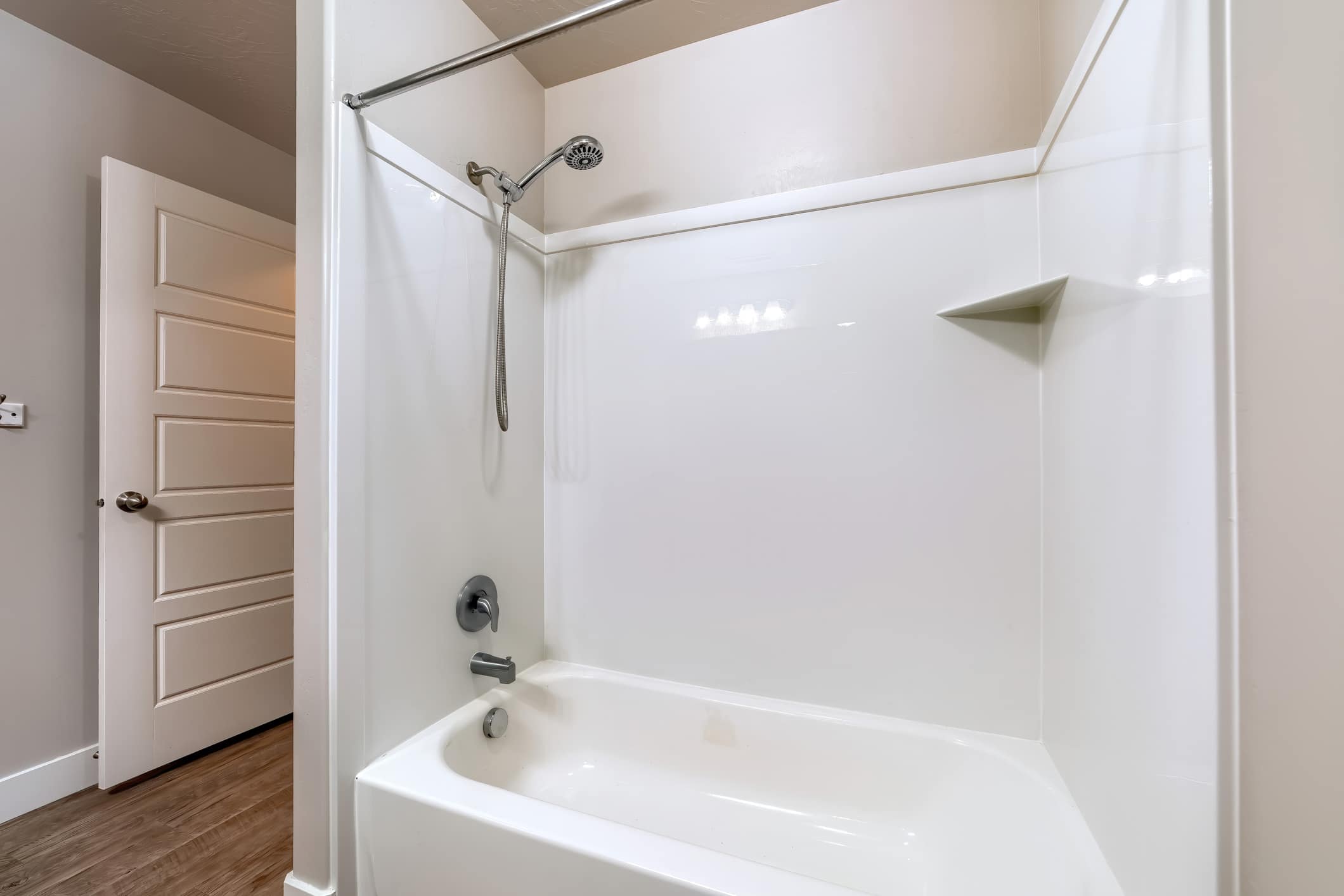
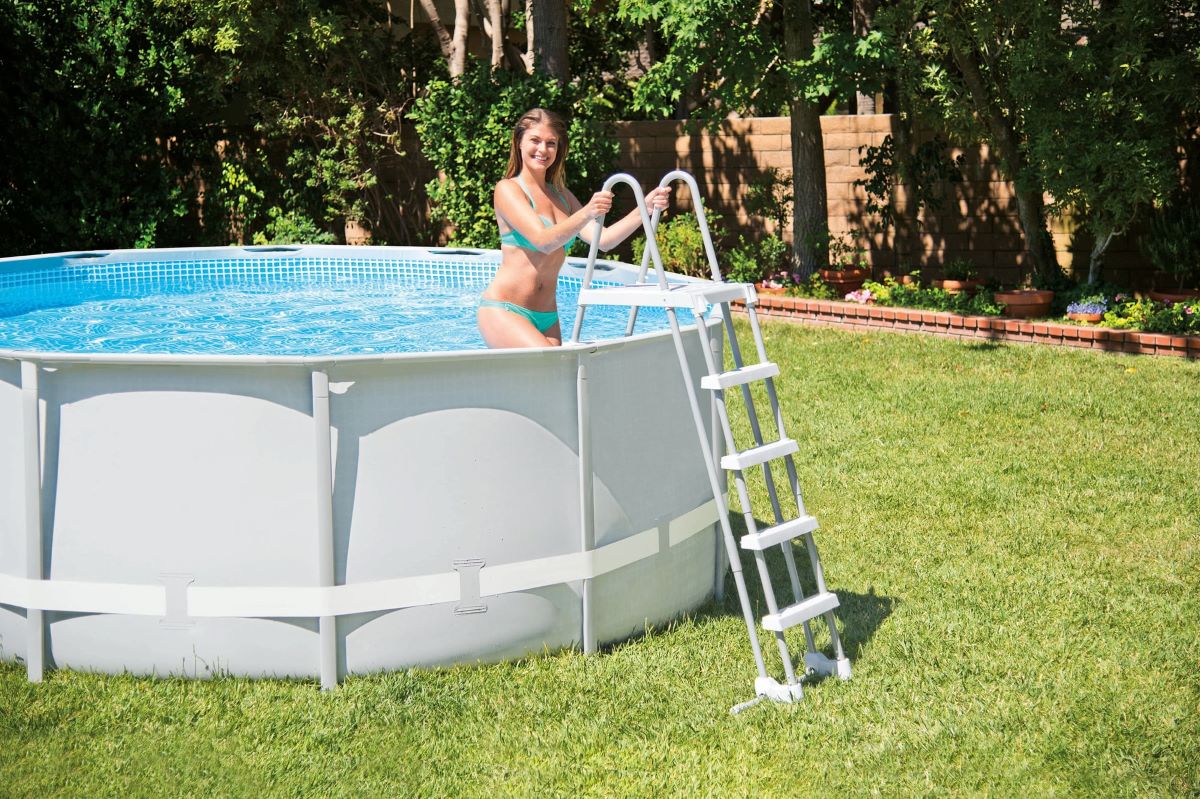
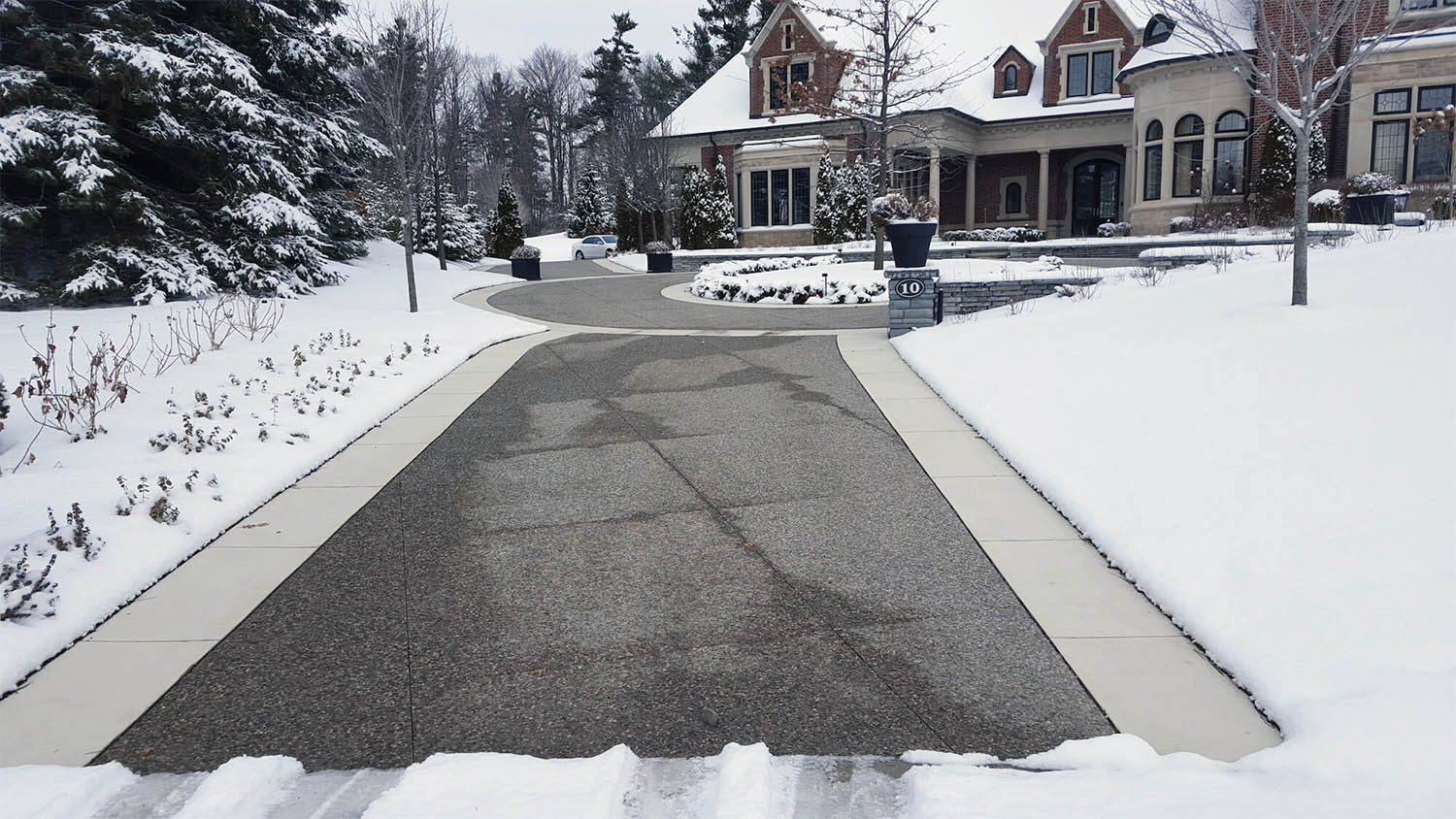
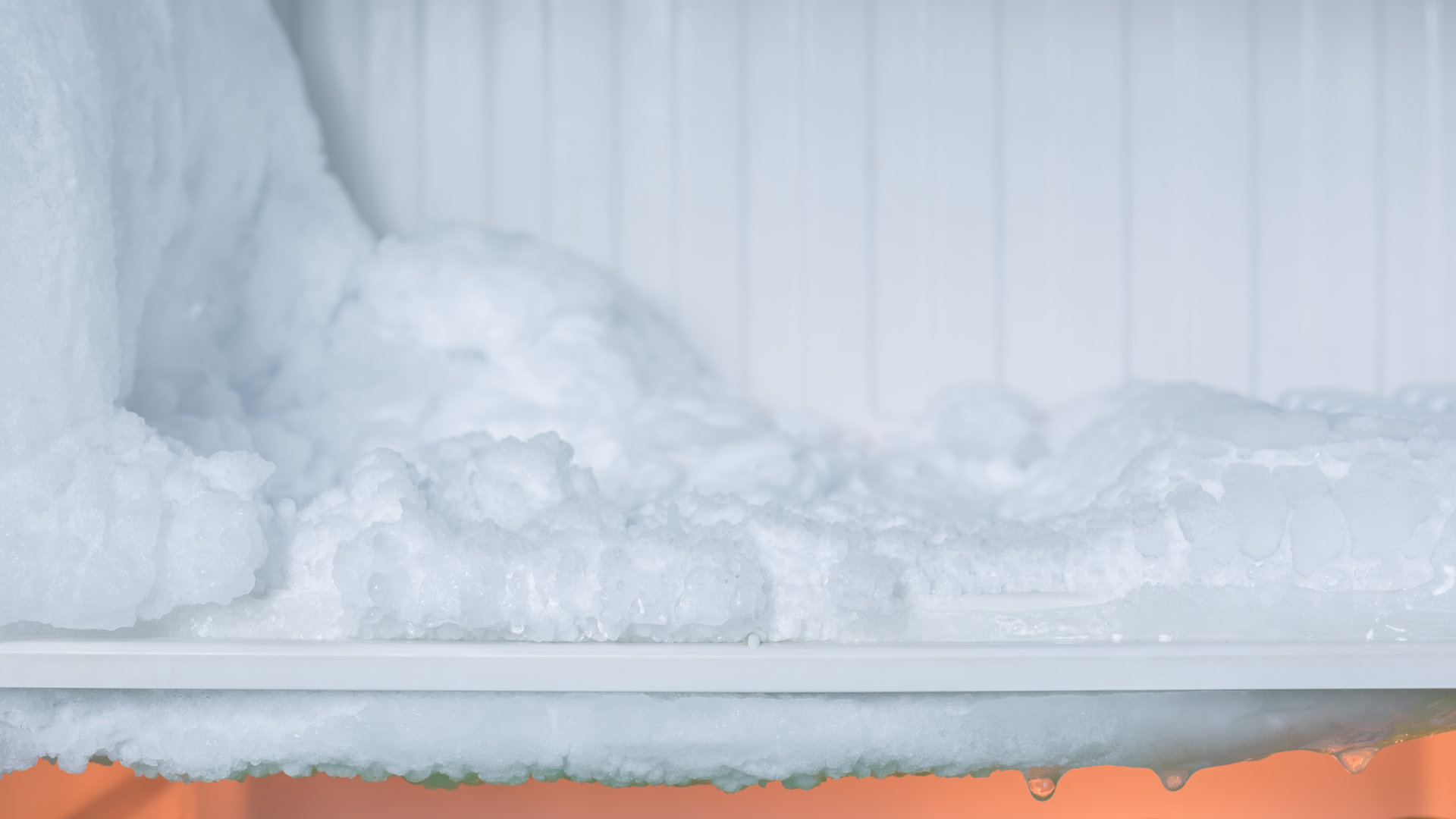
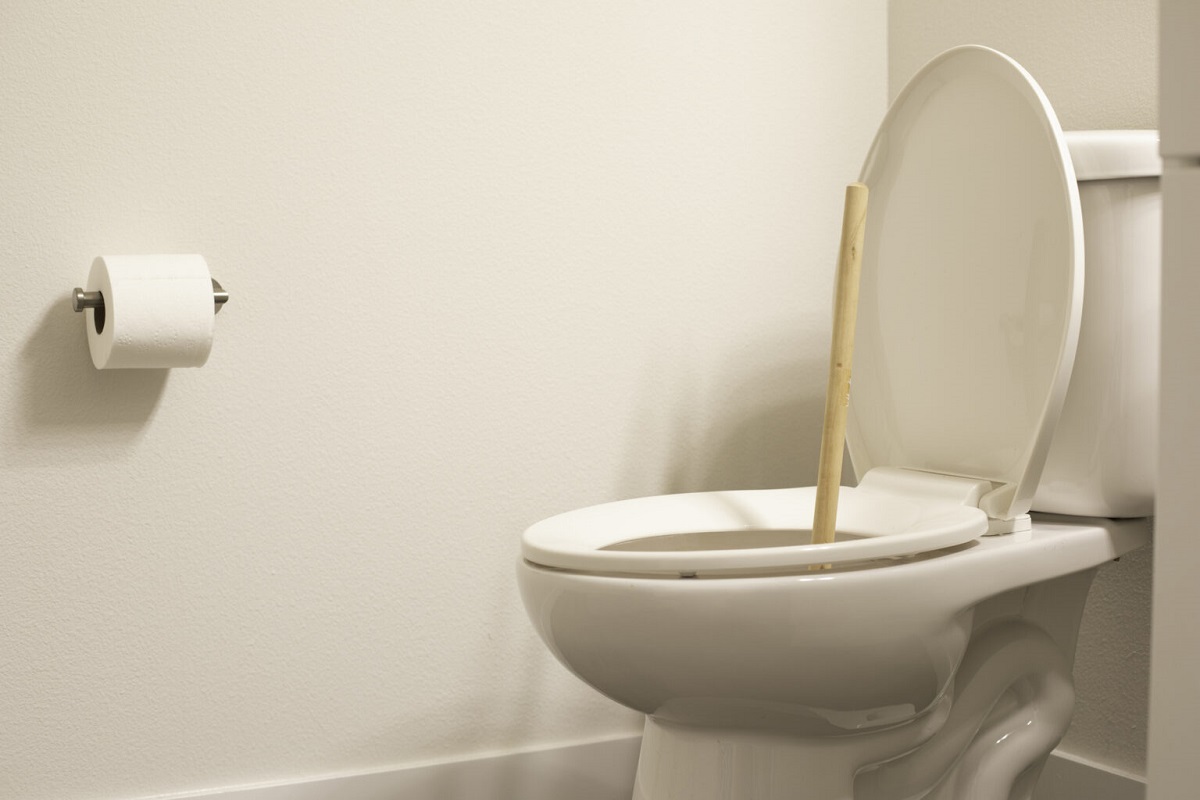
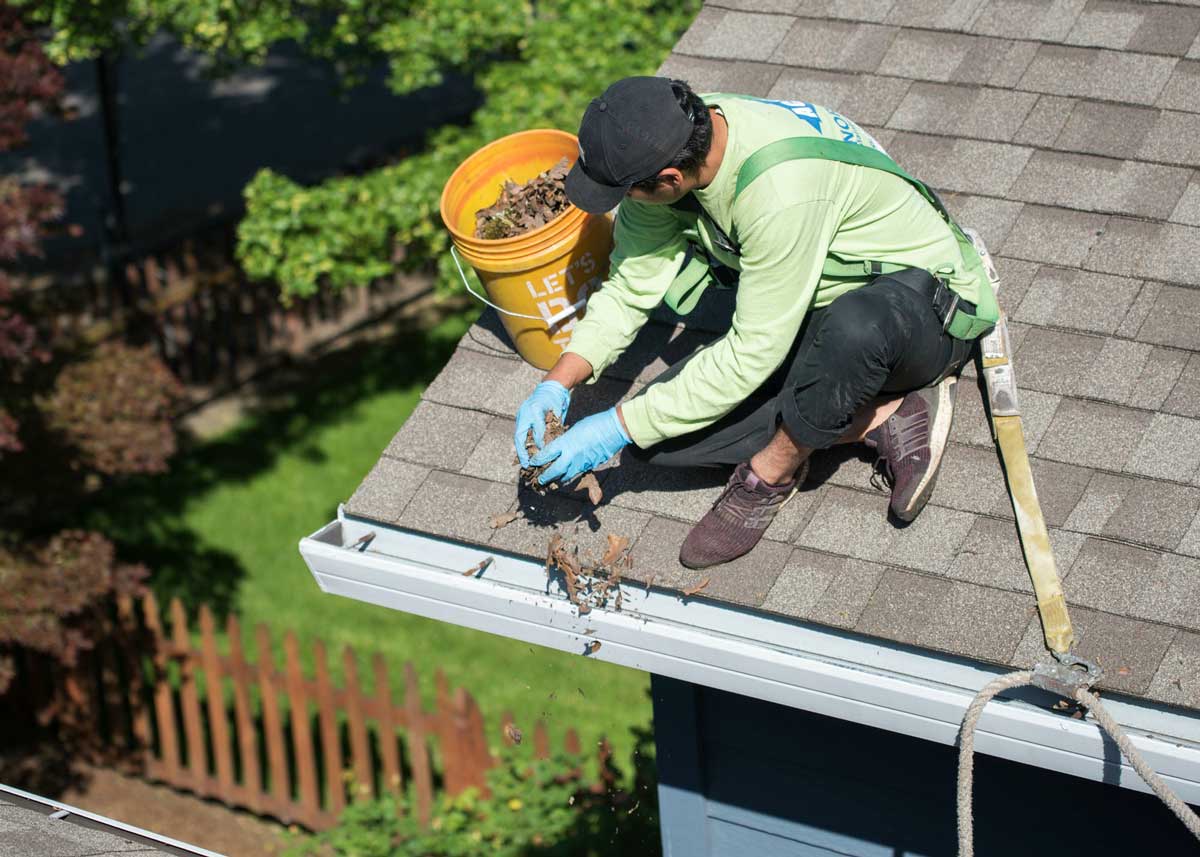

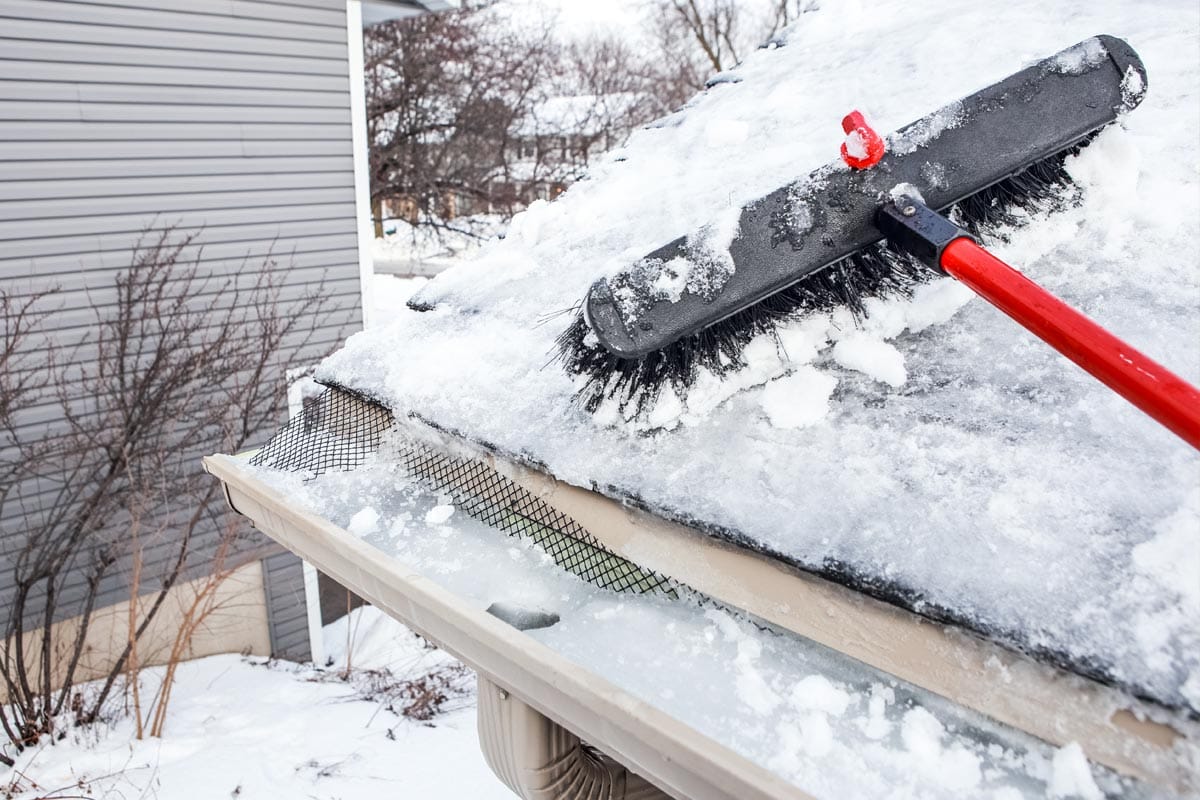

0 thoughts on “How To Keep A Ladder From Slipping”